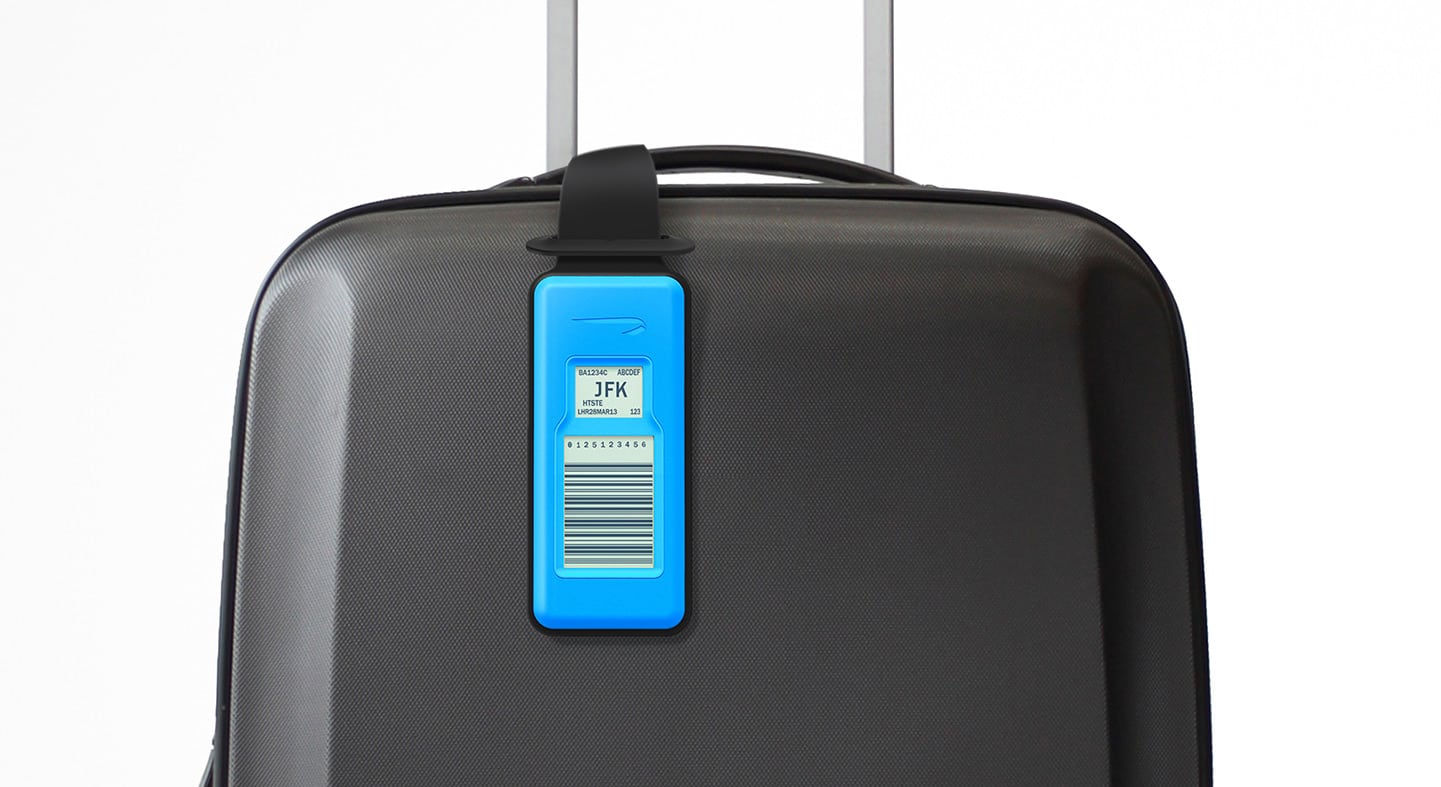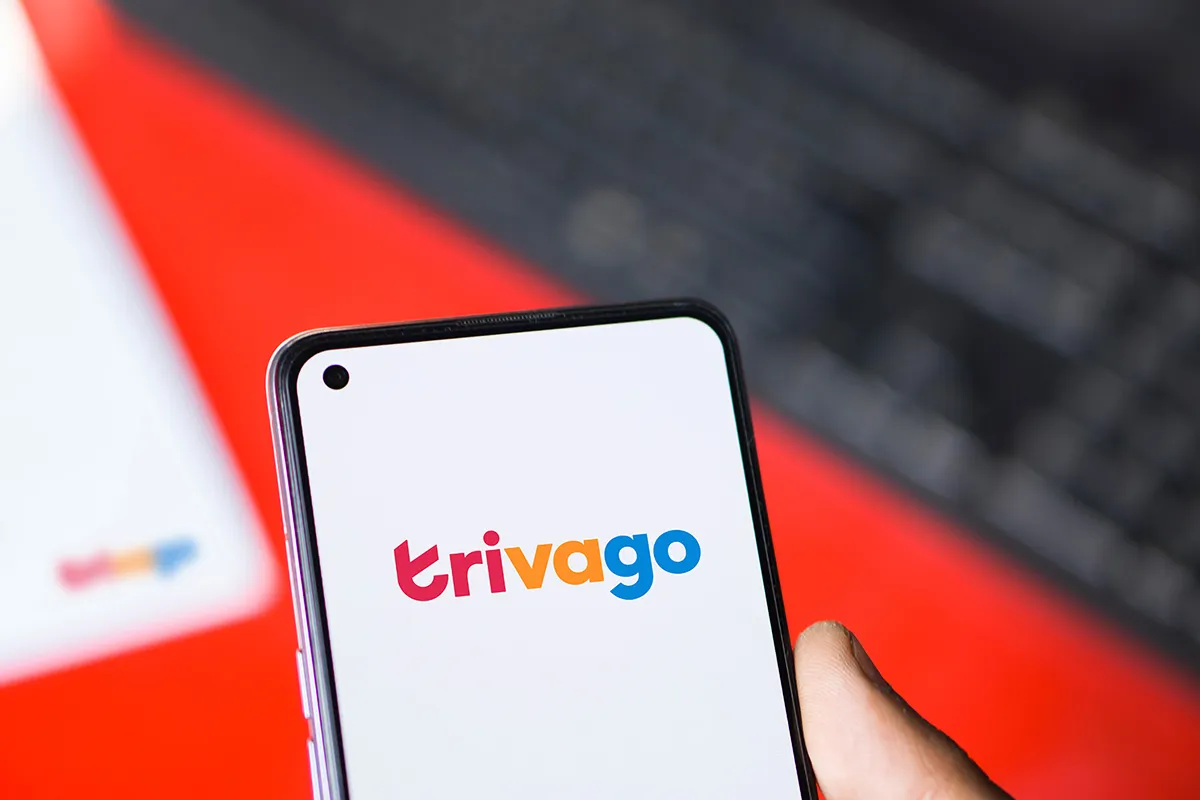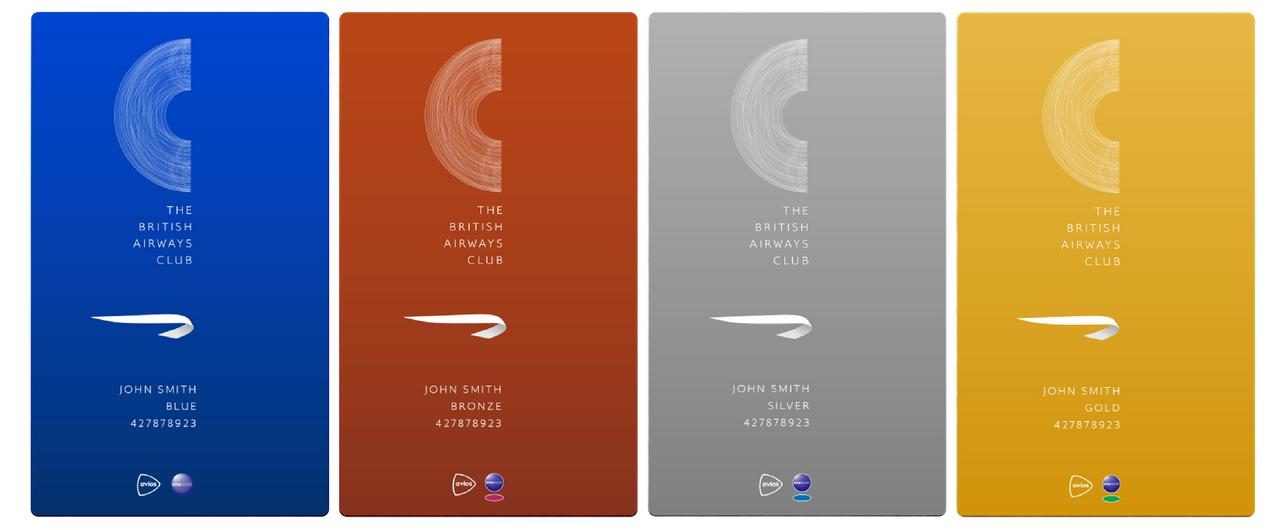The 9 Air Passenger Experience Innovations of 2013

Skift Take
- Best Baggage Initiative: British Airways, for its development and ongoing trial of permanent electronic bag tags. The permanent bag tag removes the need for paper bag tags to be printed for every journey. Once checked in, the passenger can synchronize their smartphone with the electronic tag, which automatically updates with a unique barcode containing their flight details and the bag’s destination.
- Best Check-in Initiative: Iberia, for its MyBagTag home-printed bag tag. MyBagTag allows passengers to print their bag tags at home, along with their boarding pass. Passengers then have to simply attach the tags and deposit their bag at a dedicated counter upon arrival at the airport.
- Best Passenger Assistance Initiatives: Dubai Airports, for simplifying the airport experience. Among the initiatives: multi-lingual virtual assistants, a simplified wayfinding system across all terminals, and interactive Information Zones offering information on airport facilities and directions to boarding gates.
- Best Airport Security Experience: Narita International Airport, for its short queuing times and its willingness to trial non-stop biometric e-gates. These gates make use of facial recognition technology to allow passengers to progress to the security checkpoint without having to stop.
- Best Experience at the Gate: Los Angeles World Airports, for the state-of-the-art boarding gates at the new Tom Bradley International Terminal at LAX. The gates are equipped with electrical sockets and USB ports, which passengers can use to charge up their laptops, tablets and mobile phones.
- Emirates' inflight ‘ice’ entertainment system, with more than 1,500 channels, and live television and Wi-Fi.
- Best Immigration Initiative: Chicago O’Hare International Airport, for taking the lead on the implementation of automated passport control kiosks to reduce waiting times at the immigration checkpoint. In the 40 days after the automated passport control kiosks were installed, the average wait time at passport control in Terminal 5 was reduced by 33%, the number of passengers waiting over 60 minutes dropped by 58% and the number of missed connections fell by 31%.
- Best Arrivals Experience: Seattle-Tacoma International Airport, for of its ‘Experience the City of Music’ initiative. In addition to live bands performing in the terminal, the airport has installed music-related exhibitions, music from the likes of Ray Charles and Nirvana is played on the overhead speakers, famous artists read public announcements and music videos are featured on the baggage reclaim monitors.
- Best Use of Mobile Technology: Japan Airlines, for its use of mobile tech to better passenger experience. Travelers can use their smartphone to search for flights, book and purchase tickets, access the security checkpoint, download and use shopping coupons, and board their flight using NFC boarding passes.
The intersection of user experience and design is increasingly driving the world, and travel is in early stages of exploring it. Even though the air passenger experience post 9/11 has been nothing short of miserable, airlines and airports are now beginning to use technology to help make strides in improving that. The Future Travel Experience Awards, presented annually at the Future Travel Experience Global conference, recognizes some of these initiatives, focused primarily on on-the-ground, pre-boarding innovations for passengers.
The winners for this year, announced this week, give a glimpse of some of these innovations, from checking-in to passport control to entertainment options in airports and on airlines.
Check out the winners above in the photo gallery, for some smart passenger experience innovations over the last year.














